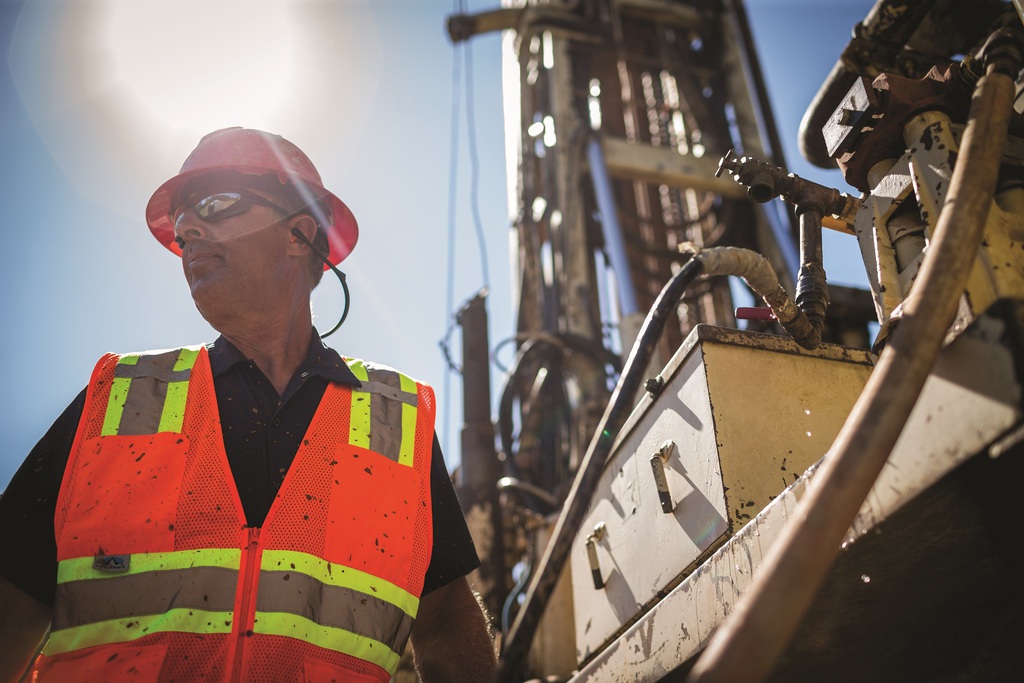
 |
Mark Sennett
Managing Editor |
 |
Kelly Rose
Editor |
Seeing clearly
21 August 2017
A ‘one style suits all’ approach to selecting eyewear is often wrongly taken according to Sangeeta Aeri, technical manager at Supertouch.

First and foremost, you should start by looking at what the risks are in the working environment. This will help to narrow down the potential eyewear options by determining whether you need to choose a goggle style, or a spectacle style. Depending on the application, a pair of safety glasses will provide a level of defence against foreign objects, featuring shatter-proof polycarbonate lenses and impact protection. However, if the job involves airborne dust, flying debris or splash hazards that create an increased threat to the eyes, a safety goggle with 360° shield protection is the logical choice.
Another important factor to consider during specification, is protection against UV rays - a must for all safety eyewear, particularly when worn outside. Taking this a step further, the type of working environment will help to decide what lens colour is most appropriate – an aspect which can often be overlooked. For example, for those working indoors all day, a clear lens is the obvious choice, with 92 per cent of visible light transmitting through them. However, in areas such as construction, where workers may frequently be moving from indoors to outdoor settings, consider eyewear with specialist Indoor and Outdoor (I/O) lenses.
Providing improved vision in different light conditions, I/O lenses allow the eyes to adjust between indoor and outdoor lighting conditions without removing the safety eyewear. Alternatively, where there are continuous low levels of light, amber lenses will help by enhancing the contrast, whereas grey or silver mirrored lenses, will reduce the glare of bright sunlight in outdoor applications.
Also consider the different types of lens coatings available. Most safety spectacle lenses have an anti-scratch coating, but the scratch resistance of different coatings varies widely. It is worth considering the specification of higher quality coatings to prolong their life, helping to prevent non-compliance. Anti-fog coatings are also essential for those exposed to high humidity working conditions or moving between hot and cold environments. Dual pane anti-fog lenses offer a superior solution when standard anti-fog coatings are not effective.
Last but not least, comfort is a key consideration during specification. Uncomfortable eyewear is not only less likely to be worn, creating a real threat to health and safety, but can also reduce productivity as workers are driven to distraction by pain and irritation. The weight, finish and fit of the safety eyewear are key factors. Softer materials around the nose and temples allow the safety eyewear to mould to the wearer’s unique face shape and help to reduce pressure on the side of the head. Co-moulded temple designs in conjunction with low weight ensures the eyewear grips the side of the head and does not fall off even with excessive head movement.
Ultimately, when specifying safety eyewear, the key is to make sure you consider the needs of the individual and the job role, rather than specifying a standard pair of goggles or glasses on mass for an entire workforce – falling victim to the ‘one style suits all’ approach. The result of doing so can be really dangerous, as unsuitable eyewear can not only cause eye irritation and injury, but also a general lack of confidence in PPE from workers, and in turn a lack of compliance.
- Supertouch appoints new business development manager
- Supertouch celebrates 20 years
- Workwear whatever the weather
- Supertouch appoints supply chain manager
- Going down a storm
- PPE specialist identified as 'inspiration'
- Comfort is King when it comes to safety footwear, according to new research from Supertouch
- Supertouch appoints managing director
- Safety meets sports
- Ultra-nitrile glove range























